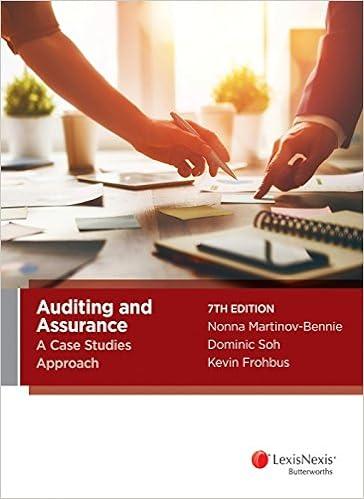


 The yellow cells need to be filled in in functions
The yellow cells need to be filled in in functions
Absolute Cell References Sullivan Ranch Corporation has purchased a new tractor and has provided you with the information related to the purchase. The Controller has bsked you to calculate the depreciation for the new piece of equipment using different methods: Straight-Line depreciation, Units-of-Production depreciation, and Double-Declining-Bolance depreciation. Use the information included in the Excel Simulation and the Excel functions described below to complete the task. - Cell Reference: Allows you to refer to dsto from onother cell in the worksheet. From the Excel Simulation below, if in a blank cell, "=B8" wos entered, the formulo would output the result from cell B8, or 360 in this example. - Absolute Reference: Allows you to maintain the original cell reference when formul is copied to another cell. The cell reference is "locked" by putting a dollar sign (\$) before the column and row references. By default Q cell reference is relative, so when you copy a formula to onother cell the values upolate bosed on a relative reference. For example, if you copy the formula "=B8-B9" from cell C1 to cell C2, the fomula in cell C2 will relatively updste to be "=B9+B10" since the copied formula moved down one cell, the formula cell references slso moved down one cell. Conversely, by adding the obsolute cell reference "locks" to the equation, the formula will not change when You can also use a mixed cell reference by only "locking" the column or row only (\$B8 or B$8 ) which locks that specific column or row and the other reference becomes a relative reference and "moves" with the formula ss its copied to another cell. For example, if you copy the formula "=B $8+B9 " from cell C1 to cellC2, the formula in cell C2 will update to be "=B $8+B10" since the copied formula moved down one cell, the formuls cell relative references also moved down one cell, but the absolute "locked" reference remained the same. - Basic Math functions: Allows you to use the bosic math symbols to perform mathematical functions. You can use the following keys: + (plus sign to sdd), - (minus sign to subtroct), " (asterisk sign to multiply), and / (forward slash to divide). From the Excel Simulation below, if in o blank cell "=B10+B11" wos entered, the formula would odd the velues from those cells and output the result, or 570 in this example. If using the other math symbols the result would output an appropriate answer for its function. - SUM function: Allows you to refer to multiple cells and adds all the volues. You can sdd individual cell references or ranges to utilize this function. From the Excel Simulation below, if in a blank cell "=SUM(B8,B9,B10)" was entered, the formula would output the result of adding those three seperate cells, or 980 in this example. Similarly, if in blank cell "=SUM(B8:B10)" wos entered, the formula would output the some result of odding those cells, except they are expressed as a range in the formuls, ond the result would be 980 in this example. - SLN function: Allows you to calculate the depreciation of an asset using the straight-line depreciation method. The syntox of the SLN function is "=SLN(cost,solvoge,life) and outputs the depreciation for one period. The cost orgument is the initiol cost of the asset. The solvoge argument is the salvage volue ot the end of the life of the asset. The life argument is the number of periods over which the ssset is being deprecisted, also called the useful life. - DDB function: Allows you to calculate the depreciation of an asset using the double-declining bolance method. The syntax of the DDB function is "=DDB(cost,so/vage, life, period, [factor]" and outputs the depreciation for one period. The function must include the first four arguments and hos o fifth optional argument. The cost argument is the initisl cost of the ssset. The solvoge argument is the salvoge value at the end of the life of the asset. The life argument is the number of periods over which the ssset is being depreciated, also called the useful life. The period argument is the period for which you wort to calculate the depreciation and must use the same units as the life argument. The [factor] orgument is the rate at which the bolance declines, when omitted is assumed to be 2 (the double-declining belance method.) Prepare the following Activity-Based depreciation schedule by entering formulas. Use absolute cell references when aoprovriate. Prepare the following Double-Declining-Balance depreciation schedule by using the Excel DDB FUNCTION (fx) to calculate Depreciation Expense for Years 1-4 in the Depreciation Expense column. Enter formulas or absolute cell references for the remaining cells



 The yellow cells need to be filled in in functions
The yellow cells need to be filled in in functions





